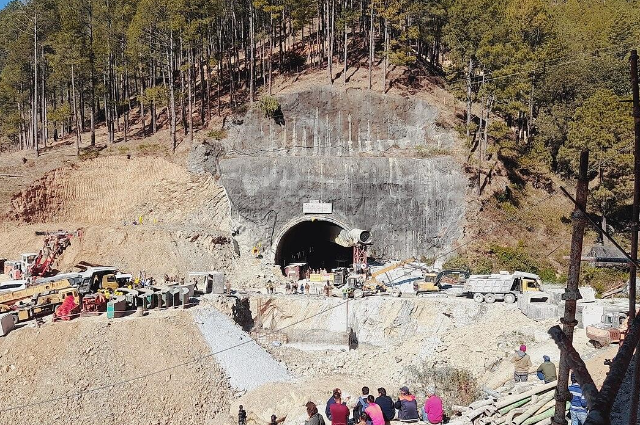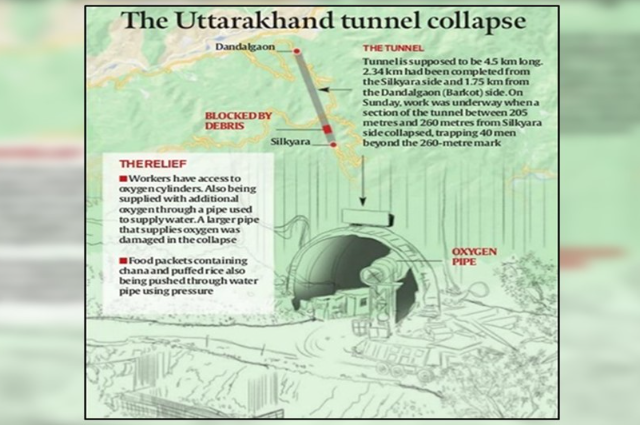Introduction
A tunnel collapse took place on November 12, 2023, during the construction from Silkyara to Barkot, resulting from debris falling in a 60-meter section on the Silkyara side. Immediate response efforts were initiated by both the State and Central Governments to save the 41 workers who were trapped.
Initially contemplating the use of a 900 mm pipe to navigate through the debris, safety concerns led to the simultaneous exploration of various rescue strategies. The trapped area, measuring 8.5 meters in height and extending 2 kilometres in length, comprises the constructed segment of the tunnel, ensuring the safety of the workers by providing access to electricity and water.
Government efforts and technology deployed for rescue
The government is persistently dedicated to preserving lives and is currently involved in continuous rescue endeavours at the Silkyara Tunnel in Uttarkashi, where 41 workers are still confined. The primary concentration of the rescue endeavours is on the 2 km segment of the tunnel, where the completed concrete structure ensures the workers' safety.
Multiple government entities are diligently executing their designated roles to guarantee the secure extraction of the workers. Experts from national and international spheres are on-site, providing guidance for the rescue operation. There is ongoing communication from the government to uplift the spirits of those trapped.
The background and the collapse
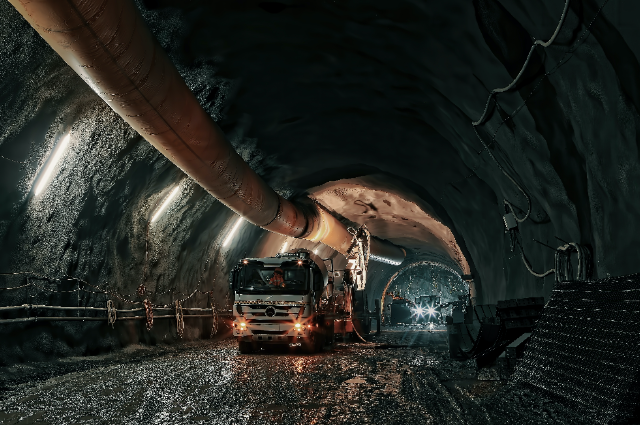
Around 05:30 on November 12, 2023, a segment of the under-construction Silkyara Bend–Barkot tunnel collapsed. This incident occurred approximately 200 meters (660 feet) from the tunnel entrance, leading to the entrapment of 41 construction workers inside. A group of geologists from Uttarakhand's state government and educational institutions was dispatched to the site to investigate the cause of the collapse. Investigators highlighted the absence of evacuation shafts in case of emergencies within the tunnel, which was constructed in a geological fault.
The tunnel is positioned in close proximity to the central thrust of the Himalayas, acknowledged as a significant geological fault, and commonly recognized as a shear zone. As stated by the Border Roads Organization, the tunnel construction took place within an extremely fragile rock mass, consisting of meta-siltstone and phyllites.
The commencement of Rescue operation : Operation Zindagi
The state government initiated Operation Zindagi ("life") to rescue the workers who were trapped. By November 16, two tunnel boring machines equipped with an auger bit were utilized in the rescue attempts. The second machine, flown in three parts, was brought in when the progress of the first machine was deemed insufficiently swift. The rescue team reached out to the team responsible for liberating the students from the 2018 Tham Luang cave disaster in Thailand.
17th November timeline of work
Drilling through the debris in the tunnel ceased on November 17 after the team heard cracking sounds. As an alternative, parallel access tunnels were started, running adjacent to the existing main tunnel. Three pipes were drilled during the operation: one for oxygen supply, another for food passage, and a 15-centimetre-wide (6-inch) pipe used for providing hot meals and enabling the insertion of an endoscopic camera. On November 19, the Border Roads Organization constructed a 1.15-kilometer (0.71-mile) road leading to a hillock above the tunnel while plans for vertical operations were being devised.
22nd & 23rd November timeline of work
Issues with the consistency of the debris and obstructions caused drilling delays on November 22 and 23. Substantial repairs were needed for the drilling machine and its mounting platform on November 23. At this stage, it was believed that the operations had reached 75% progress through the obstructing debris. Bhaskar Khulbe, a former adviser to the Prime Minister's Office, expressed optimism that the rescue operation would be completed by the evening of November 24, allowing the trapped workers to be evacuated. He also noted that Prime Minister Narendra Modi was deeply concerned about the workers trapped in the tunnel, receiving detailed updates daily regarding their well-being and the ongoing relief and rescue operations.
25th November timeline of work
On November 25, the rescue operation encountered another setback when the tunnel boring machine malfunctioned and got stuck inside the tunnel, having drilled a successful 47 meters (154 feet). This incident hindered the progress of drilling. To access the trapped workers, the rescue team opted to employ manual tools like hammers and chisels to break through the debris. It was estimated that the drilling had reached a point approximately 9 meters (30 feet) away from completion. Simultaneously, Arnold Dix, an Australian tunnelling expert involved in the rescue operation, advised cautious approaches.
November 27th: timeline of work done so far
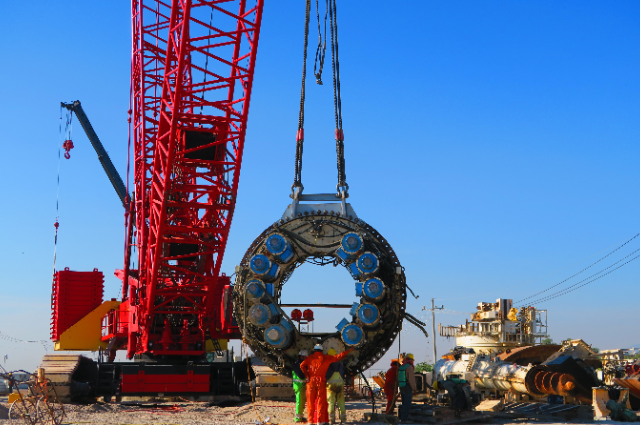
By November 27, intensified efforts were directed towards alternative methods to reach the workers. Satluj Jal Vidyut Nigam's vertical drilling at the Silkyara end had reached a depth of 32 meters (105 feet), while Rail Vikas Nigam was laying a third pipeline to provide necessities to the workers. On the Barkot end of the tunnel, THDC India Limited had successfully drilled up to 12 meters (39 feet), and Oil and Natural Gas Corporation was gearing up for vertical drilling.
NHIDCL Lifeline Operations:
Cooked meals and fresh fruits were being delivered into the tunnel regularly through the 2nd lifeline (150 mm dia.) service. SDRF has established video communication with the standard workforce, while NDRF has set up direct line communication.
Horizontal Drilling by NHIDCL:
Auger drilling, initiated at 0045 Hrs on November 22, 2023, was halted upon encountering a metallic object (Lattice girder rib) in front of the pipe, hindering further insertion. Gas cutters were utilized to cut the metallic object (Lattice Girder rib), completing the process by 0230 Hrs on November 23, 2023. The resumption of pushing the 9th pipe continued, extending an additional 1.8 meters. However, minor vibrations were detected, prompting a slight retraction of the Auger to reassess the required force due to obstructions observed.
A section of the forepole (pipe) from the tunnel lining got stuck in the auger assembly, causing vibrations. To address this, reinforcement of the platform for the auger machine was performed, utilizing an accelerating agent for rapid concrete hardening, followed by anchoring and bolting of the platform.
Installation of rescue pipe
The insertion of the 10th Pipe (4.7 meters in length) commenced at 1625 hrs on November 24, 2023. By 1750 hrs on the same day, a segment of 2.2 meters was successfully inserted, resulting in a total length of 46.9 meters being fitted.
While pushing the 10th pipe, an additional obstruction was encountered, necessitating the cessation of the pipe's advancement. Consequently, the auger was retracted, a process that concluded by 0300 hrs on November 27, 2023. A cutting length of 46.90 meters was achieved.
Upon visual inspection by welders, it was discovered that the auger cutter had entangled with lattice girder bars, causing damage to a 1.5-meter section of the 800mm passage pipe. Efforts are underway to cut these lattice bars.
Once the 800mm rescue pipe is cleared of all obstructions, including the stuck-up augers, a manual drift procedure will be employed to clear the remaining distance for access to the other side.
The installation of False Ribs from the tunnel face towards the tunnel exit on the Silkyara side, aimed at safeguarding the operational area (Ch. 194.50 to Ch. 184.50), commenced at 1950 hrs on November 25, 2023. Eight ribs were successfully erected by the time of reporting.
Construction of platform for drilling machine work
Vertical Drilling (1.0m dia) for Rescue by SJVNL: The drilling machinery has been delivered to the site. Construction of the platform for launching the drilling machine has been finished. After consultations with GSI, RVNL, and ONGC, the marking of the drilling point above the tunnel has been finalized at Ch. 300 L/S. The primary machine has reached the drilling site. Drilling commenced at 1205 hrs on November 26, 2023, and as of the latest update, 30.80 meters have been achieved.
Horizontal Drilling from Barkot Side by THDCL: THDC has initiated the construction of a rescue tunnel starting from the Barkot end. The sixth blast occurred at 0615 hrs on November 27, 2023. The total executed length of the drift is 12 meters. Fabrication work for 18 ribs has been completed.
Perpendicular-Horizontal Drilling by RVNL: The necessary equipment for micro tunneling required for horizontal drilling to rescue the laborers has arrived at the site from Nashik and Delhi. The construction of the platform is currently in progress.
The Rescue operation of 28th November (Tuesday)
All 41 individuals stuck beneath the ground in a tunnel in Uttarakhand's Silkyara were successfully rescued late on Tuesday, marking the concluding phase of an intense 17-day joint operation involving various agencies. In the final stage, the prohibited manual technique known as "rat-hole" mining was utilized after sophisticated machinery like augers proved ineffective in penetrating nearly 60 meters of rock, which posed a threat to the trapped workers.
The retrieval procedure took considerable time to enable each worker to readjust to the surface environment, where the current temperature stands at approximately 14 degrees Celsius.
The workers were evacuated using specially adapted stretchers, lowered manually through a two-meter-wide pipe inserted into holes drilled into the hillside. Uttarakhand Chief Minister Pushkar Singh Dhami was present on-site, embracing the workers as they emerged from the tunnel.
Members of the National Disaster Response Force (NDRF) guidance on rescue
Members of the National Disaster Response Force (NDRF) were the first to descend through the pipe to evaluate the situation of the trapped individuals and provide guidance on rescue procedures. Every worker was secured onto a stretcher, which was subsequently manually hauled up through 60 meters of rocks and rubble.
Fleet of ambulances report

Image by Alina Kuptsova from Pixabay
A fleet of ambulances numbering 41 to correspond to each worker departed in groups from the tunnel location along with the rescued individuals towards the emergency medical facilities established in Chinyalisaur, approximately 30 kilometres away.
Upon the initial emergence of the first workers from the tunnel, the rescue team and on-site individuals greeted them warmly with garlands, confectioneries, and jubilant cheers. The families of the trapped workers celebrated upon reuniting with their loved ones after a 17-day separation. Subsequently, the rescued workers communicated with their families back at home.
The Prime Minister's words for workers
Hon’ble Prime Minister Narendra Modi Ji took the lead in commending the fortitude and endurance exhibited by the trapped workers and their families, as well as the valour and resoluteness demonstrated by the rescue team.
As he communicated, that the successful rescue mission of our fellow workers in Uttarkashi is evoking deep emotions among everyone. To those confined in the tunnel, he wanted to convey that their bravery and perseverance are serving as an inspiration to all. He extended heartfelt wishes for their recovery and good health. It brings immense satisfaction that after a prolonged period of anticipation, companions will soon reunite with their families. The resilience and bravery exhibited by these families during this difficult period deserve immense admiration.
Extensive arrangements for rescue operation
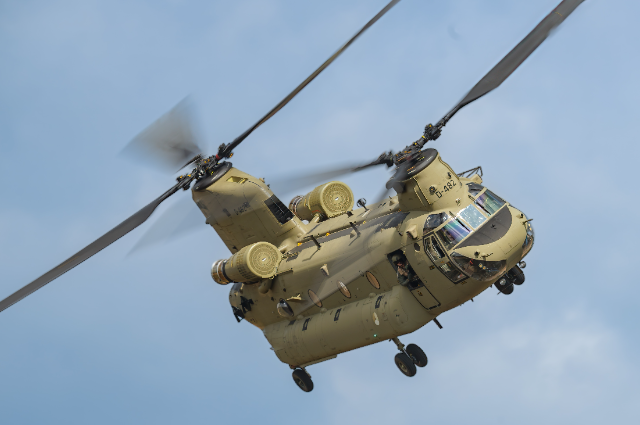
Extensive arrangements were arranged for the rescue mission. An Air Force Chinook helicopter was on standby for any urgent situations, and a designated path was established to transport the workers to the hospital located in Chinyalisaur.
Individuals known as "rat miners" - workers specialised in drilling narrow shafts as a component of a rudimentary and presently prohibited technique for coal extraction - were called upon to manually excavate the rocks in the final 12-meter stretch. This became necessary when an American Augur drill had to be removed due to its blades becoming entangled with debris and iron rods.
The workers' experience and their survival
On 29th November, the rescue personnel recounted the ordeal they encountered while inside the Silkyara tunnel in Uttarkashi.
Anil Bediya, among the 41 workers rescued, endured the hardship by sustaining himself on 'muri' (puffed rice) and collecting water trickling down from rocks.
"It was a nightmare experience... we relied on water dripping from rocks to satisfy our thirst and survived on muri for the initial 10 days," shared Bediya, who is currently recovering at a hospital in Uttarakhand.
Following the intense and anxious initial 10 days, “supplies such as fruits like bananas, apples, oranges, as well as hot meals like rice, lentils, and chapatis, along with water bottles, became a regular supply," mentioned the 22-year-old worker.
"Gathered closely, we fervently prayed for a prompt rescue... eventually, our prayers were answered," he expressed.
Numerous workers affirmed that they 'remained hopeful throughout'. Saba Ahmed, a labourer from Bihar, mentioned that despite being trapped in the tunnel for days, they did not experience any fear or unease.
Saviours of the Uttarkashi Tunnel Rescue Operation
The key figures involved in the rescue effort were a group of rathole miners, Lt. Gen. Ata Hasnain, Arnold Dix, and the Prime Minister’s Office. Each played a crucial role in enabling the trapped workers to be rescued. The miners utilized their expertise to manually excavate the final portion, Lt. Gen. Hasnain coordinated the operation, and Arnold Dix provided valuable expertise. The National Disaster Relief Force consistently assessed the situation and ensured the well-being of the workers.
The successful operation in freeing the trapped workers within the Uttarakhand tunnel showcased the resilience, unity, and human spirit at work. Singh's outstanding leadership, acknowledged by the highest authority in the country, stands as a testament to the human spirit's strength and the immense potential within ordinary individuals to achieve greatness.
Conclusion
Rat hole miners, often unrecognized and are unsung heroes. They are the courageous heroes of the subterranean realm putting their lives at stake to rescue those trapped in tunnels. Their skills and bravery render them indispensable in emergency scenarios. Stories of these courageous individuals exemplified by the Silkyara tunnel rescue highlight the enduring resilience of the human spirit and the extent to which people will go to aid one another during challenging times.
Although commendable, the rescue operation instigates a need to reassess the wider development approach, particularly in the Himalayan region. The Himalayas, being one of the youngest and geologically vulnerable mountain ranges, require meticulous attention in infrastructure planning. The National Highways Authority of India (NHAI), tasked with the Char Dham project, should recognize the pivotal role of geological fragility in the area. The Prime Minister's Ten-Point Agenda stresses the integration of disaster risk management principles across all development domains, but NHAI's planning and implementation of this major project have failed to meet these criteria.
The announcement of the successful rescue has brought relief and happiness to the families and acquaintances of the workers. Authorities lauded the rescue squad for their courage and unwavering commitment. This rescue event underscores the significance of safety in construction endeavours. Additionally, it serves as evidence of the human spirit's strength and the effectiveness of collaboration when confronted with challenges.
. . .
References:

